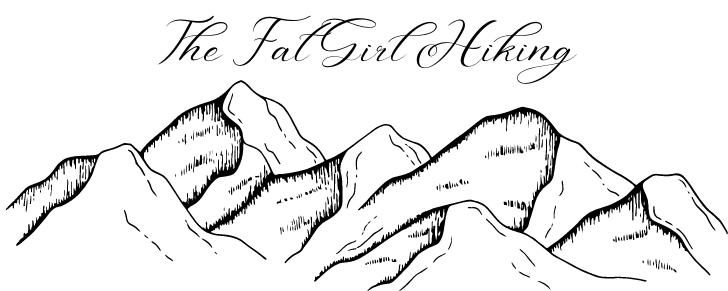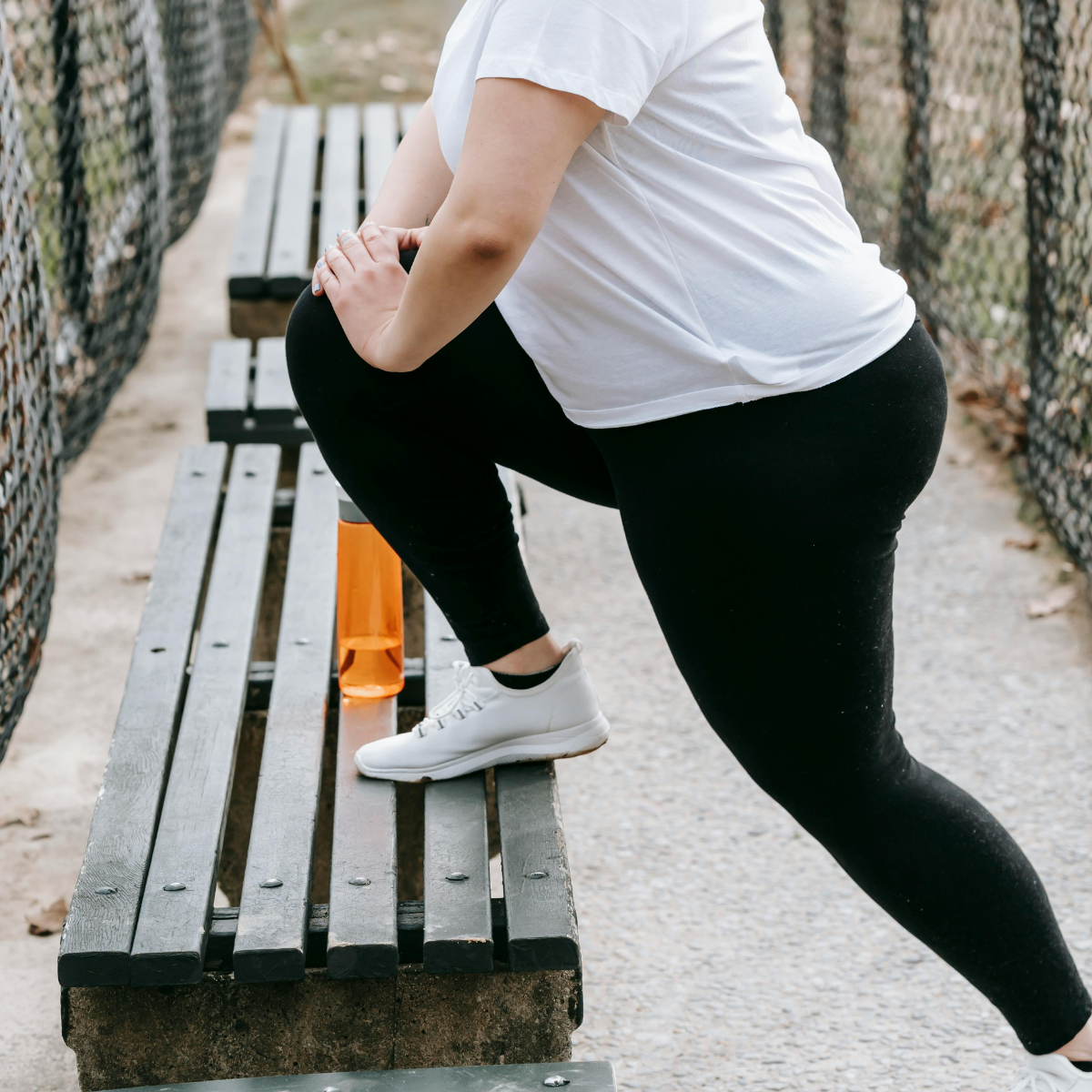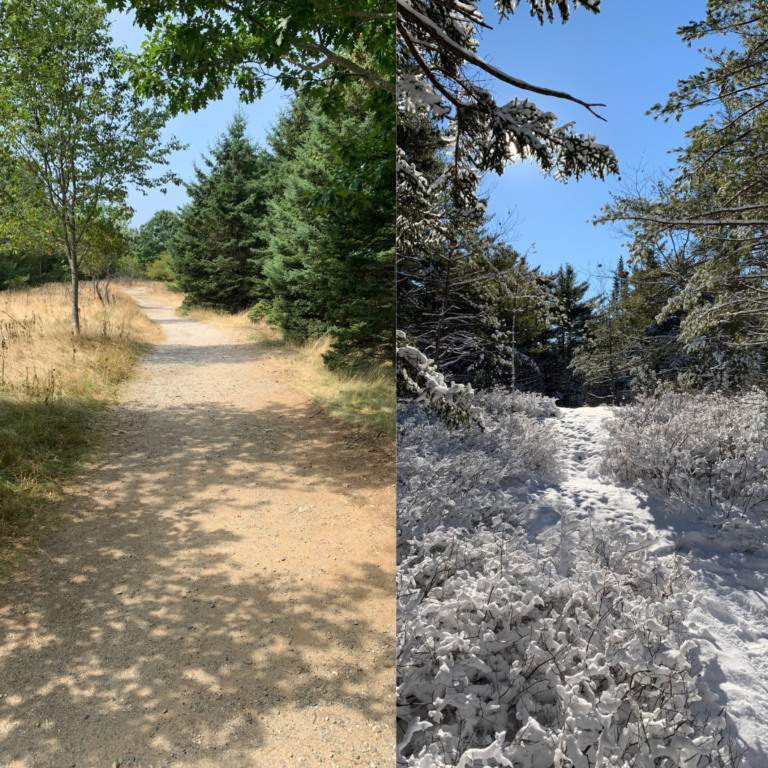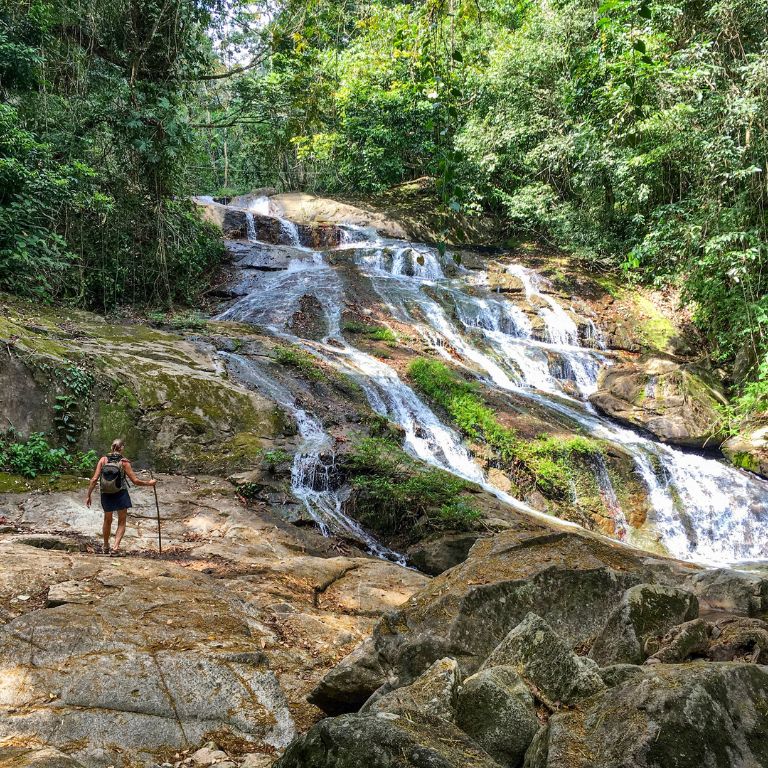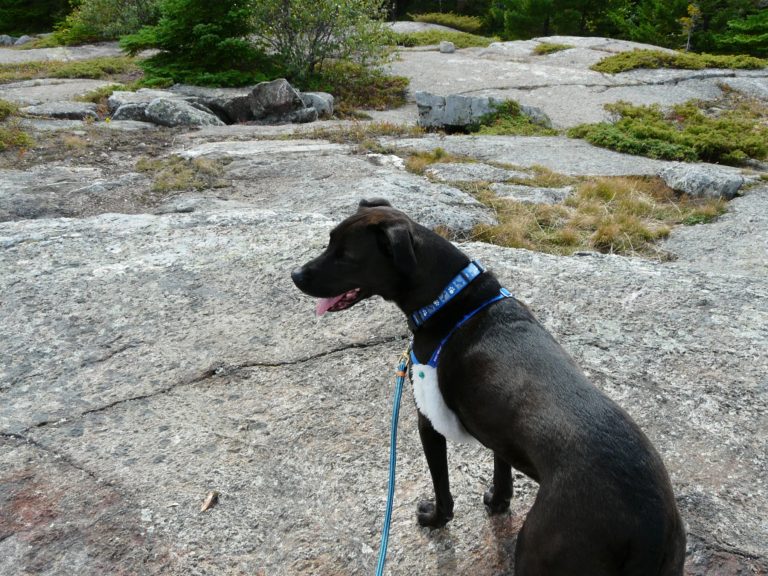Best Pre Hike Stretches For Hikers Of All Levels

Why Doing Pre Hike Stretches Is Important
Before heading out for a hike, it’s important to do pre hike stretches. Hiking is a physical activity that requires strength and endurance, it’s also not as simple as walking on flat ground. Throughout the journey, hikers are faced with obstacles like uneven terrain, steep inclines, and rocky conditions. Stretching helps prepare your muscles for these strenuous physical tasks and can help reduce the risk of injury while on the trail.
When stretching before a hike, it’s important to focus on muscles that you use most while hiking. Such as your calves, hamstrings, back and shoulders. Stretching will help make sure these muscles are loose and limber so they can be better prepared for the different types of terrain you may experience during your hike. It also helps to increase your range of motion which can make navigating around rocks and roots much easier.
Doing pre hike stretches not only reduces the chance of injury but also helps build endurance and stamina so that you can enjoy your hike even more! So don’t forget to do some stretching before hitting the trails. It could mean the difference between an enjoyable day or a painful one!
Why Pre Hike Stretches Help You As A Hiker
Pre hike stretches help hikers in a few key ways. First, it can help keep their heart rate lower and prevent it from spiking during the hike. It also increases range of motion, allowing hikers to keep an even pace while enjoying their time in nature. Additionally, stretching before a hike allows for better warm-up of muscles that will have to work harder than usual when on the trail. This can help reduce soreness and fatigue after the hike is completed.
Stretching can be done almost anywhere! And is best done once you get to your hiking destination so your body has had time to adjust. I like to do mine after I have everything ready to go, like my backpack and have applied bug spray. That way my muscles don’t have time to cool off while I get ready. The process starts with simple movements like rotating arms and legs in circles. This helps increase blood flow throughout your body which will help you stay energized for the remainder of the hike. You’ll also want to include some static stretches (holds) for larger muscle groups like your hamstrings, calves, hips, quads, and lower back. All areas that tend to be overworked when hiking up hills or traversing uneven terrain.
Overall pre-hike stretching can go a long way toward keeping hikers safe on their outings by helping them prepare physically for what lies ahead. Not only will they feel more energized during the hikes but they’ll also be less prone to injuries as well!
Upper Body Pre Hike Stretches
I tend to start my stretches with my upper body and work my way to my lower body. It has always been easier to start that way, mostly because I feel like they are easier stretches and I like to do my legs last so they don’t have time to cool down before I start hiking. I also like to do all my pre-hike stretches in the standing position or sitting on my travel stool. As a larger person I do not want to sit on the ground in the parking lot to stretch. Mostly out of fear of not being able to get back up!
I will include some stretches that are done in a laying down position for those of you who can sit on the ground. I have also found that they can be done on top of a picnic table if available, a bench or stairs. A picnic table is my personal preference as it is the easiest thing for me to get up and down from.
Overhead Arm Circle Stretches
Overhead arm circle stretches are a great way to stretch and work the shoulders, chest, and back muscles. This stretch will help improve shoulder mobility.
To do an overhead arm circle stretch, stand with your arms overhead and hold your hands together. Make sure to keep your elbows slightly bent and your feet are shoulder width apart. Begin to move your arms in a big circular motion as if you’re drawing circles in the air with your hands. Move your arms for 20-40 seconds in one direction and then switch directions. As you do this, focus on keeping your core engaged and your back straight for maximum benefit. Your goal should be a full range of motion while maintaining balance and control throughout the entire stretch.
I will do this stretch at least once per side, but if it was a long drive to get to the trailhead I will do it 2-3 times each side.
Standing Side Bend Stretch
The Standing Side Bend Stretch is an effective exercise that stretches the muscles on the sides of your body, including your obliques, shoulder blades, and back. When done correctly, it can help improve posture and increase flexibility in those areas.

To do the stretch, start by standing with your feet shoulder-width apart and your arms at your side. Then reach your right arm up above your head and bend to the left side until you feel a stretch along your right shoulder and waist. Hold this position for 10-20 seconds before switching sides. For those of you in better shape wanting a deeper stretch you can keep both legs together. This will target deeper muscles in the torso and shoulders to further enhance mobility.
I repeat this stretch between 3-5 times on each side.
Triceps Stretch
A triceps stretch targets the triceps, a muscle group located on the back of your arm. It’s important to stretch this muscle group before hiking because the triceps are used in pushing and pulling motions. Which are essential for doing activities like scrambling and ascending and descending hills. The stretches increase flexibility in your arms, allowing for better range of motion while on the trail.
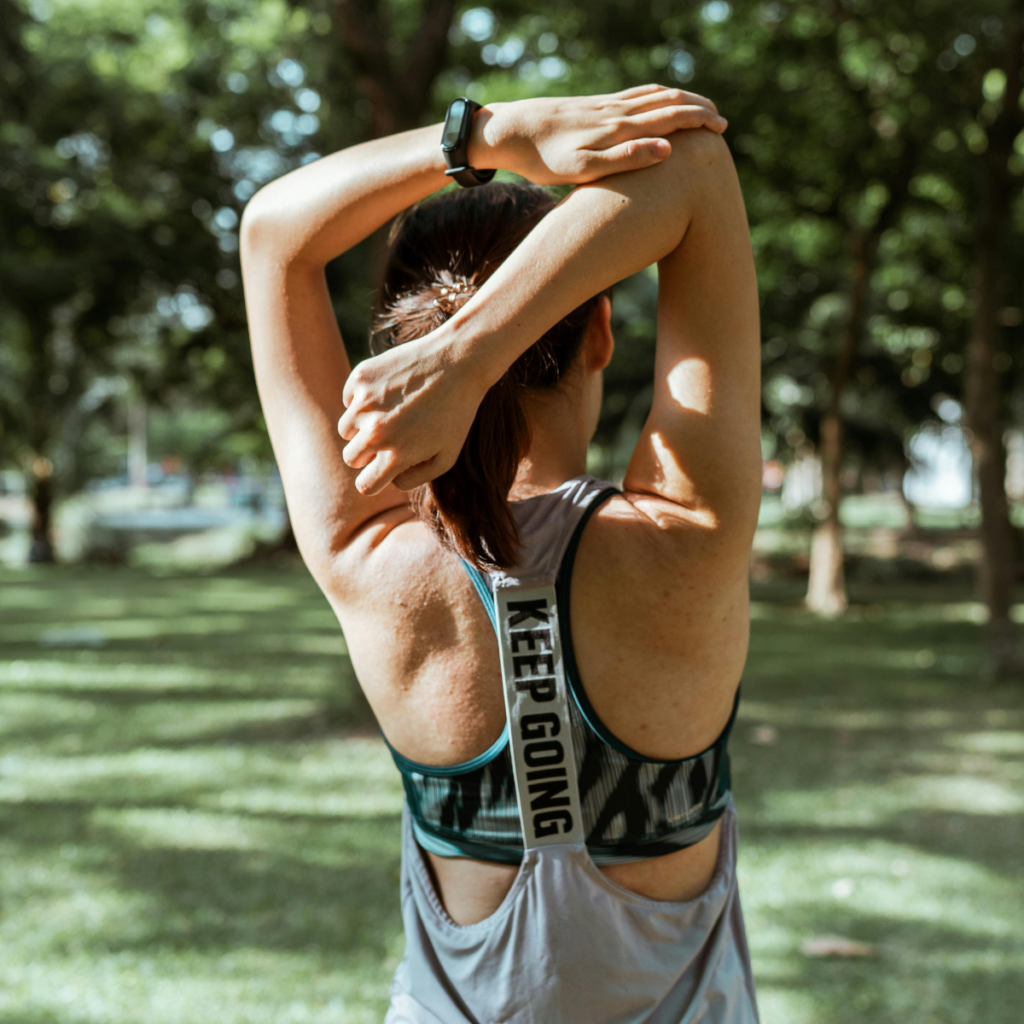
To do a triceps stretch, start by standing with your feet shoulder width apart. With your left arm bent bring your left elbow straight up towards the sky. It should look like you are trying to scratch between your shoulder blades with your left hand. Next you will take your right hand over your head and grab your left elbow. You will want to pull your left elbow toward your head until you feel a stretch on the back of your arm. Hold this position for 15-30 seconds then repeat on the other side grabbing your right elbow with your left hand. This pre hike stretch should be done 2-4 times each side. Doing this simple exercise prior to hitting the trails can help avoid muscle soreness or discomfort later on.
Standing Bicep Stretch
A standing bicep stretch is a great way to loosen up tight muscles in your upper arm and shoulder. It stretches the biceps, triceps, deltoids, and anterior and lateral rotator cuff muscles.
To do this stretch, start by standing up straight with your feet shoulder-width apart. Reach both arms behind you at the base of your back. Put your hands together by interlacing your fingers together. Now, while keeping your arms straight raise your arms upward away from your body as far as is comfortable. Hold this position for up to 60 seconds, then release and relax your arms. You should feel relief from tension in any tight areas after doing this stretch regularly. You can do this pre hike stretch up to 3 times.
Standing Spine Twist Stretch
A standing spine twist is an incredibly beneficial pre-hike stretch that helps to release tension in the back and hips, improve posture, and even increase energy levels. It’s also great for improving range of motion in the spine and shoulders.
To do this stretch, begin by standing with your feet shoulder or hip width apart. Whichever is more comfortable for you. Keeping your chest lifted, raise both arms straight out in front of you with palms facing each other. Then twist to one side, making sure your hands follow along with your upper body. Hold for a few breaths then switch sides. There are a variety of variations of hand placements for this stretch, this is the one I found felt the best for me. You can repeat this stretch 4-5 times on each side. I have found this to be one of the best stretches if you have been in the car driving for a while.
You can also do this stretch while in the seated position. Simply sit on the ground cross legged and do the same arm position as described above. You can also leave your arms down but let them turn with your upper body. For some extra stretch when leaving your arms down press your arm against the outside opposite leg. If you were turning your body to the left you would place your right arm on the outside of your left leg.
Lower Body Pre Hike Stretches
Doing these hiking stretches helps you to warm up your muscles, which as you learned earlier can help reduce the risk of injury. Additionally, lower body hip stretches help to strengthen your hip flexors, which play an important role in maintaining good balance and stability during a hike. When you have strong hip flexors, you can more easily navigate uneven terrain and reduce fatigue from having to constantly adjust your posture while walking.
Adductor Stretch In Standing Position
An adductor stretch is a great for warming up the muscles in the inner thigh, which are important for stability during hiking. The adductor muscles help to move your legs and can easily become tight, so stretching them will help you avoid pain and injury. This stretch will work the glutes, hip flexors and hamstrings. That is like three stretches in one!
When doing an adductor stretch, start by standing up straight with feet hip width or shoulder width apart, whichever is more comfortable. To help with stability you can place your hands on your hips. With your left leg take a step to your left but leave your right foot in place. Bend your right knee but do not let your knee go in front of your foot. Your left leg should be straight with your toes facing straight ahead. Hold for 20-30 seconds. Move your left foot back to the starting position. To stretch the other side repeat the above but instead step out with your right leg to the right side and bend your left knee. You should feel a slight stretch on your inner. I like to do this stretch twice on each side.
Quad Stretch Using A Tree For Balance
A Quad pre hike stretches is used to stretch the muscles in the front of your thigh, more commonly known as quadriceps. This exercise helps hikers because it can help reduce soreness and stiffness from long hikes. Quad stretching also helps increase flexibility, which aids in improving stability and control while on trails, ultimately leading to a better hiking experience. Additionally, quad stretching can also help reduce the risk of injuries while out on the trails since it helps keep your legs strong and prepared for longer treks.

Performing a quad stretch up against a tree is a great way to help increase flexibility in your quads. To do it, stand facing the trunk of the tree, and place your hands on the trunk for stability. Bend your left knee raising your left foot up behind you. Then grab your left ankle with your left hand hand while keeping the other hand on the tree. Bring your heel close to your buttocks and hold this position for 30-60 seconds. Be sure that you keep your upper body and torso upright by engaging through your core muscles. Make sure you do both sides.
Standing Calf Stretch
Standing calf stretches are a great way to keep the muscles in your calves loose and relaxed for hikers. This stretch is great for targeting the gastrocnemius and soleus muscles that both make up the calf muscle group, as well as your Achilles tendon. It helps to improve circulation throughout these muscles so they stay flexible while you hike. Additionally, this stretch can help to prevent tightness in your calves, which can lead to cramps or overuse injuries.
To do a standing calf stretch you are going to need to be at a tree, sign post or your car. Start by standing with an arms length away from a tree, sign post, car, etc. and your feet hip width apart. Put your arms out straight with your palms flat against the tree or whatever you are using. Take a step back with your right foot and lean forward while slowly bending your left knee. Stop when you feel a stretch in the back of your calf muscle. Hold for 20-30 seconds and then switch sides. Repeat these pre hike stretches both sides 3 times.
Hamstring Stretches
The hamstring muscle is a group of three muscles located in the back of the thigh. It is responsible for providing strength and stability when bending the knee and extending the hip. During hiking activities, the hamstrings are subjected to increased demand compared to typical everyday movements, rendering them more susceptible to strains or injuries if not adequately stretched and cared for. Taking the time to properly stretch and condition these muscles is crucial to maintaining optimal performance and preventing potential setbacks. There are several different ways to stretch your hamstrings. I of course will be going over the standing hamstring stretch which is just a fantastic way to loosen up those tight hamstrings! I love this variation because it is just one those simple stretches that makes me feel great.
When doing a standing hamstring stretch it is important to start from a standing position with your feet shoulder-width apart. Place your right leg in front of your body with your foot flexed. The heel of your right foot should be pushing into the ground and your toes pointing upward. Bend your left knee slightly and lean forward from the waist, and rest your hands on your right knee. Hold this position for 15-30 seconds, then slowly come back up to your initial position and then do the other side. Repeat this process two to three times.
Knee To Chest Standing Leg Pre Hike Stretches
This stretch works on improving hip flexors, quads, glutes, hamstrings, calves, and inner thighs! That’s a lot of muscles being stretched at once. All of which play a role in hiking. Additionally, they help limber up your hips and spine so you can move with ease rather than being stiff and sore after a day of hiking.
This stretch can also be done lying down if you have a bench or picnic table available to use. If you are going to do the standing version I recommend doing so by a tree or your car. This stretch does require you to balance on one foot so having something close by that you can use for stability is great.
To begin, stand with your feet shoulder-width apart. Balance yourself on one foot and slowly lift the opposite knee up towards your chest keeping it bent. Wrap both arms around the raised leg like you are hugging it and hold for 10-15 seconds before lowering the leg back down and switching sides. Keep your back straight and avoid leaning forward or sideways. If you need to some extra stability use one of your hands to brace yourself against a tree or some other object. Repeat 10-15 times on each side for maximum benefit.
If you happen to have a place you can lay down that is easy to get back up from like a picnic table or bench than you might want to try it this way. Lay flat on a stable surface. Slowly bring one leg up, bending at the knee, to your chest. Wrap your arms around your raised leg and hold for 10-15 seconds. Release your leg back to the initial position and then repeat on the opposite side. Again, repeat this for 10-15 times on each side.
Should Stretching Hurt?
Stretching should not be painful, but it can feel uncomfortable. If you experience pain when doing pre hike stretches, it’s important to reduce your range of motion or stop the stretch entirely. It’s also important to check your form and make sure you’re doing the stretch correctly. If stretching is still causing discomfort, try a different type of stretch or decrease the time you hold a posed stretch. This will help open up your muscles over time without creating too much pain. Additionally, static stretches (a stretch is a single position you hold for up to 45 seconds) can be beneficial before and after exercising since they can help improve flexibility and reduce soreness in muscles.
It is important to remember that everyone’s fitness level and ability is different. So it’s essential to talk to your doctor before you begin any kind of stretching routine.
Your doctor will be able to give you personalized advice about which stretches are best for you based on your individual physical condition, medical history and age. They can also help you assess any risks or safety measures that should be taken before engaging in a pre hike stretching routine. Additionally, they can help create an exercise plan specific to your needs. That will safely build strength and endurance for hikes.
Ultimately, talking with your doctor before starting a new exercise regimen is always the safest option. That way you can ensure that you have all the information necessary to stretch correctly and safely while out on the trail.
A Final Thought On Pre Hike Stretches
Before embarking on every single hike, I make it a point to prioritize stretching. This simple yet crucial step doesn’t take much time and plays a significant role in ensuring that my muscles are properly warmed up and ready to tackle the journey ahead. Engaging in pre hike stretches is not just about preparing yourself for a great hike, it’s also an act of taking necessary precautions to effectively minimize the risk of potential injuries while immersing yourself in nature’s wonders. So go ahead, embrace the added tranquility and peace of mind that accompanies a well-stretched body before setting foot on the hiking trail.
